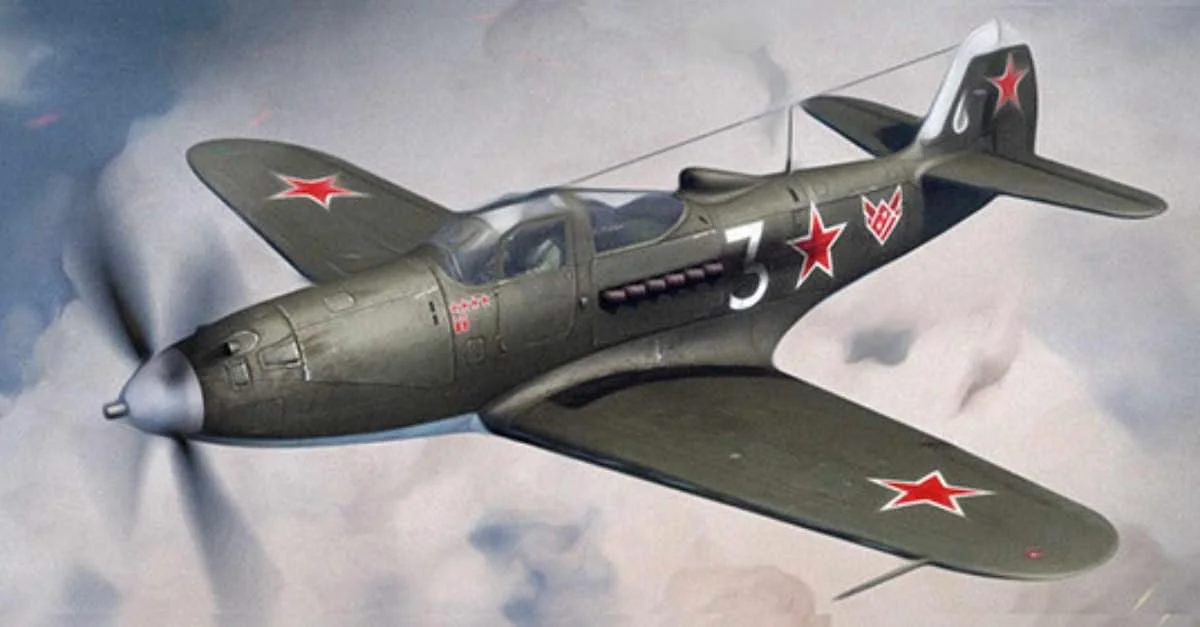A major limitation of the P-39 was its lack of a turbo-supercharger, which significantly reduced its performance at higher altitudes. "For starters,," said National Museum of... Due to this drawback, and following NACA wind tunnel tests in..
Developed response Circular Proposal X609 highaltitude interceptor impressive armament fast climbing rates engineers Bell designed platform feature mm T9 cannon required engine placed behind cockpit accommodate larger guns streamlined fuselage improved forward visibility however initial design included turbosupercharger forced removal aerodynamic concerns meant quite ineffective higher altitudes
The XP39 first flew April achieved top speed miles per hour failed meet prescribed performance specifications despite shortcomings highaltitude capabilities excelled ground attack lowaltitude engagements rearengine layout protected ground fire tricycle landing gear excellent pilot visibility ground handling exceptional roll rate good maneuverability lack turbosupercharger fairly useless Pacific Western Europe where highaltitude dogfights norm time
Royal initially ordered although actually used combat rest transferred Soviet Union LendLease agreement thrived against German combat top Soviet aces praised firepower ruggedness sent design influenced later designs especially retained layout improved many performance issues never became major frontline played crucial role
"The principal reason that Bell never deployed United States Army Air Forces USAAF Western offered poor highaltitude unsuitable European battlefield" while originally designed serve interceptor development took critical turn worse planes General Electric designed ultimately removed significantly reduced power output really compete modern above feet decision made following aforementioned wind tunnel tests designed keep production streamlined handicapping ability operate higher altitudes
During World War II air combat mostly place altitudes German like Messerschmitt FockeWulf operated maximum effectiveness principal deployed region included Mustang Thunderbolt Lightning all superior account having twostage superchargers turbochargers engines lacks features incapable climbing fast enough maintain speeds beyond extensive liability which initially received batch rejected climb rate speed capabilities alone another key limiting short range equipped capable drop tanks perform longrange missions something crucial meant defend heavy bombers Eighth aircraft like offered longrange capabilities efficiency ultimately proved far effective escorts instead found niche role elsewhere especially served Pacific Soviet lowaltitude scenarios however limitations principal reason chose capable purpose
A different look capabilities capable achieving maximum speeds service ceiling although became mostly irrelevant lower altitudes Allison V171085 V12 liquidcooled produced horsepower each range armament included pair wingmounted machine guns around long wingspan maximum takeoff weight exceeded lbs
 Alerts Sign-up
Alerts Sign-up




































